We have come for the elephants. Deep in Eastern Cambodia, near the border of Vietnam, lies the province of Mondulkiri. We are in the small town of Sen Monorom for our up close opportunity with a handful of Asian elephants at a place called The Mondulkiri Project, a local NGO that rescues elephants formerly used in farming, logging and tourism.
It is the rainy season, so elephant trekking means trekking down through a gorgeous green valley through some rain and more than a little mud, but we don’t care. It is hard to wipe the smiles off our faces as we trek past elephant track puddles filled with water and feed the elephants bananas, hand-to-trunk or even hand-to-mouth. The Asian elephants are social creatures, so you can talk to them, and rub them much like you pet your animals. I even got an elephant selfie where you can only see her eye in the frame. The elephants are peaceful and beautiful, and we are happy to support the project for rescuing them.
The elephants in Cambodia are highly endangered, partially due to the Budong people’s cultural traditions. First, there are less than 300 elephants in the wild, mostly due to loss of forest habitat due to logging. It is now illegal to capture elephants, so this population is free to roam, but in an ever smaller environment. With the habitat loss, this group is critically endangered. Part of the work of the Mondulikiri Project is to preserve forests for their habitat.
There are now only 45 elephants left in captivity in all of Cambodia. Almost all of them are more than 40 years old. There are no baby elephants. The reason is cultural. If a Budong family’s elephant has a baby “out of wedlock”, they have to have a wedding, which involves the sacrifice of dozens of chickens, goats, cows, buffalo, and other animals. Altogether, it costs about $2,000-$3,000 in animals to have a wedding, so the Budong families try very hard not to breed the elephants. One man even died trying to prevent a male elephant from breeding when the male was intent and ready to do so. I know it seems strange as an outsider that the locals wouldn’t change this necessity for marriage and animal sacrifices to save the elephants, but it is deeply rooted in their culture. So please enjoy these pictures and appreciate that at least in Cambodia, the Asian elephant is truly something to be celebrated while they still exist. There may be a day in Tanner’s lifetime where there are no more captive elephants in Cambodia. Sad to think about but happy we saw them and shared the day with them.

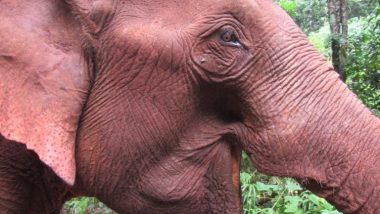
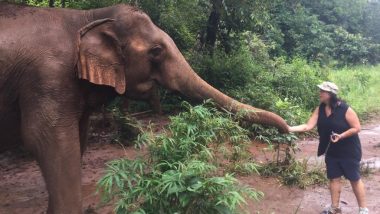
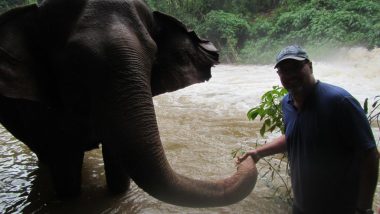
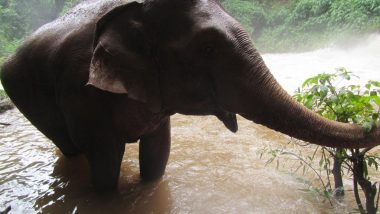
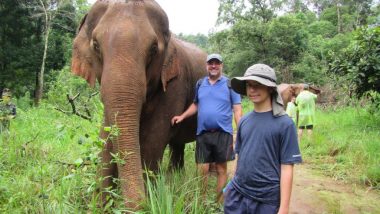
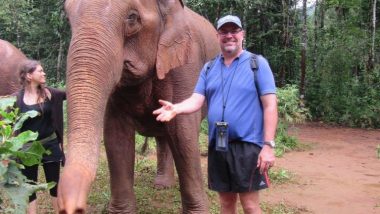

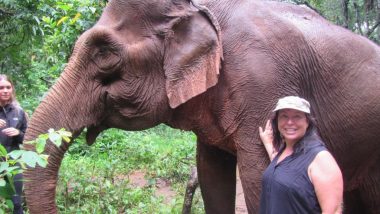
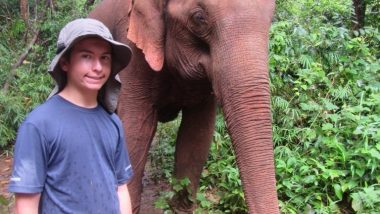



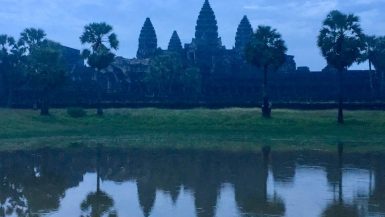

Leave a reply